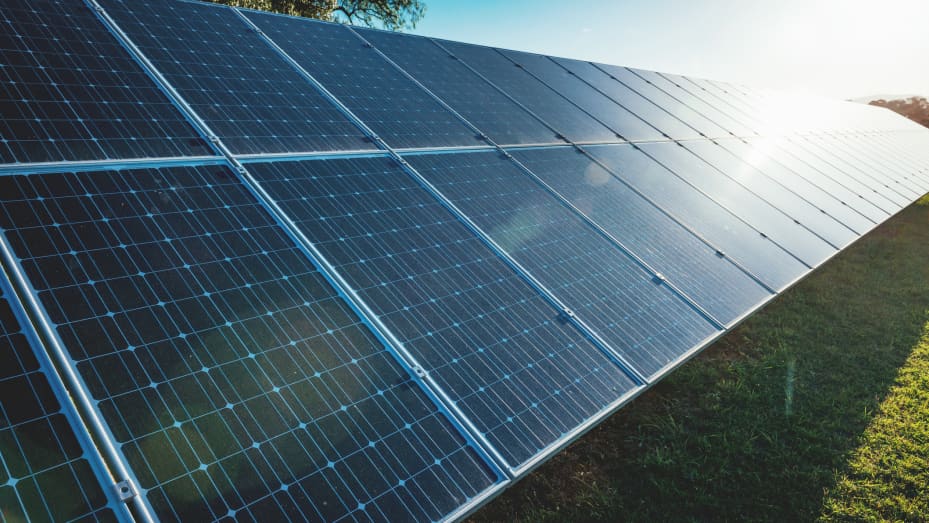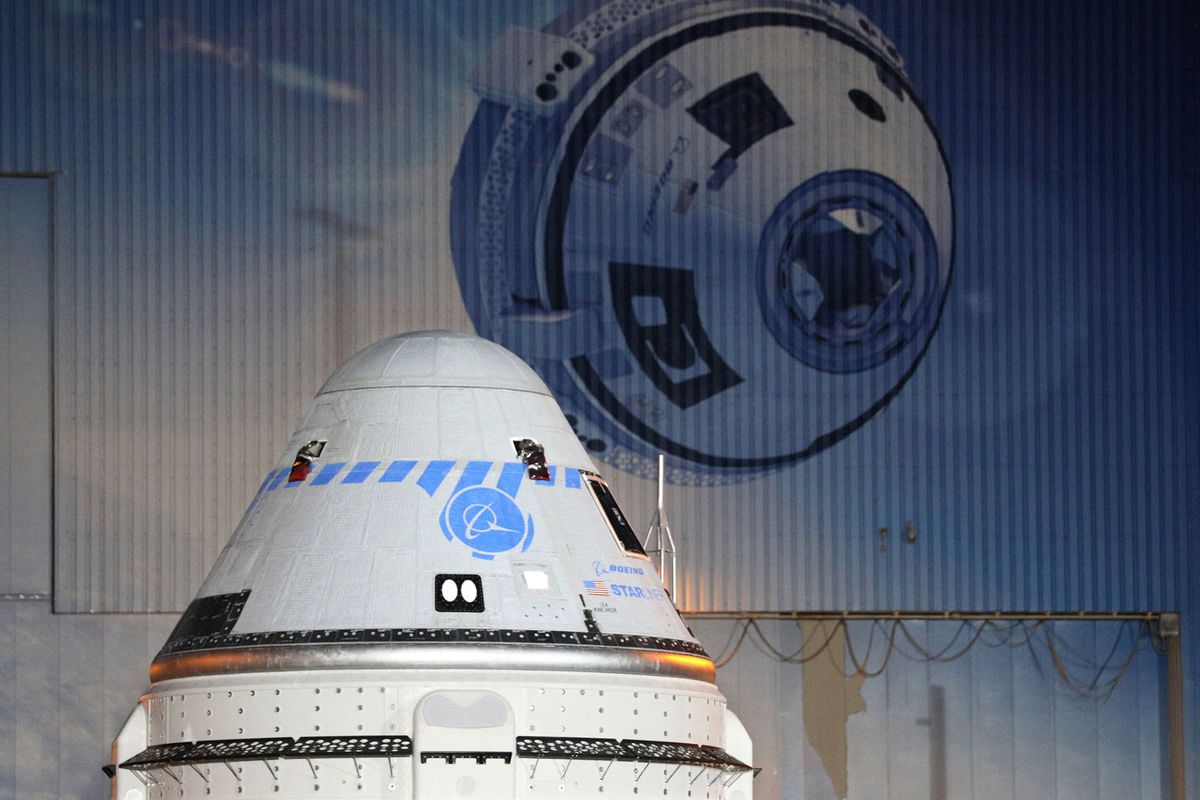
NO SUCH CREATURE
ByJohnna Crider
Published2 days ago
BHP announced that it and Tesla have announced a nickel supply agreement and that it will supply Tesla with nickel from its Nickel West asset in Western Australia. The company stated that this is one of the most sustainable and lowest carbon emission nickel producers in the world.
Financial Times noted that this would secure non-Chinese supply. FT also pointed out that this is the third nickel agreement that Tesla has signed within 8 months — since Elon Musk called for supplies of sustainable nickel last year. During Tesla’s Q2 2020 earnings call, he reemphasized to any mining companies out there to mine more nickel.
“Wherever you are in the world, please mine more nickel, and don’t wait for nickel to go back to some long — some high point that you experienced some five years ago or whatever. Go for efficiency, as environmentally friendly, nickel mining at high volume. Tesla will give you a giant contract for a long period of time if you mine nickel efficiently and in an environmentally sensitive way. So, hopefully, this message goes out to all mining companies.”
BHP noted that in addition to its new supply agreement with Tesla, the two will collaborate on ways to make the battery supply chain more sustainable. The focus will be on end-to-end raw material traceability using blockchain. Technical exchange for the battery raw materials production, as well as the promotion of the importance of sustainability in the resources sector, will also be a key focus. Part of this includes identifying partners who are aligned with both companies’ principles and battery value chains.
Tesla also plans to work with BHP on energy storage solutions that will help BHP lower carbon emissions in its operations through the increased use of renewable energy combined with battery storage.
Vandita Pant, BHP’s chief commercial officer, shared a statement:
“Demand for nickel in batteries is estimated to grow by over 500 percent over the next decade, in large part to support the world’s rising demand for electric vehicles.
“We are delighted to sign this agreement with Tesla Inc., and to collaborate with them on ways to make the battery supply chain more sustainable through our shared focus on technology and innovation.”
BHP Minerals Australia President, Edgar Basto, touched upon how BHP produces some of the lowest carbon intensity nickel in the world:
“BHP produces some of the lowest carbon intensity nickel in the world, and we are on the pathway to net-zero at our operations. Sustainable, reliable production of quality nickel will be essential to meeting demand from sustainable energy producers like Tesla Inc.
“The investments we have made in our assets and our pursuit of commodities like nickel will help support global decarbonization and position us to generate long-term value for our business.”
In the video above, Samantha Langley, Principal, Business Development at BHP, shared that the company was at the beginning of a revolution that will transform our world.
“We signed a nickel supply agreement with one of the world’s leading sustainable energy companies, Tesla. This is an alliance that will promote sustainability in the mining and resources sector. And Nickel West is one of the most sustainable nickel producers in the world.”
Fiona Wild, Vice President, Sustainability & Climate Change for BHP, described nickel as the workhorse for lithium-ion batteries and pointed out that it has a really important role to play in decarbonization,
“We expect to see an increase in demand. So this is really a future-facing commodity.”
The Tesla Effect on the Mining Industry
In 2019, just after Elon Musk shared that Tesla might get into the mining business, I shared a video from Sean Mitchell who shared his thoughts as to why Tesla getting into the mining business made sense. Mining Journal noted that Elon Musk was commenting on battery scaling, which was one of the challenges that Tesla was facing at the time.
“There’s not much point in adding product complexity if we don’t have enough batteries,” he told the meeting.
“We’re matching the product roll-out according to the scaling of battery production, that’s really the main limiting factor.
“As we scale battery production to very high levels, we actually have to look further down the supply chain.
“We might get into the mining business, I don’t know — maybe a little bit at least,” he quipped.
“But we’ll do whatever we have to, to ensure we can scale at the fastest rate possible.”
Towards the end of my article, I mentioned at the time that it would be interesting to see how Tesla would influence the mining industry since Elon Musk is well known for revolutionizing industries that he gets into. As you can see with this latest bit of news, Tesla is definitely impacting the future of mining with renewables plus battery storage.
Once BHP achieves its goal of net-zero emissions, how it accomplished this with Tesla’s help will be a blueprint for other mining companies.










